OnePlus 6T review: The flagship killer gets a face lift
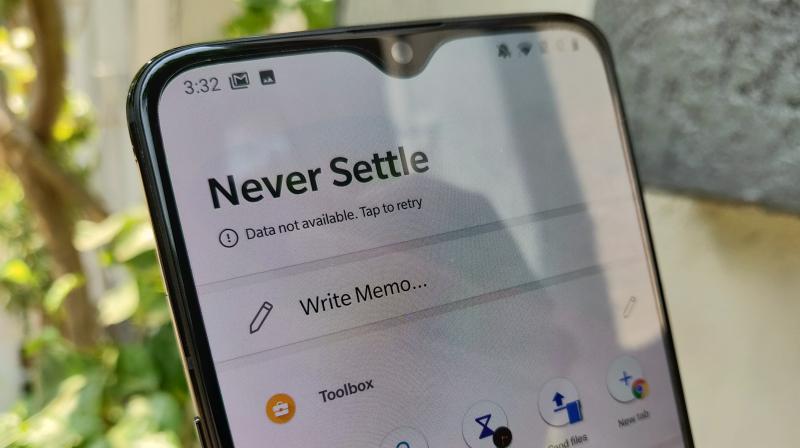
With the 'Never Settle' mantra, every year, OnePlus further fine-tunes its tried-and-tested recipe for producing a smartphone with top-shelf specs at a competitive price ratio, filled to the brim with flagship features. Four years ago, the OnePlus One was labelled as the 'flagship killer' and the last one launched previously in 2018, the OnePlus 6, kept the philosophy alive — it was admired on the strength of rendering a speedy and robust performance with a cleaner user experience and a pair of competent cameras packed in premium and slick aesthetics. However, the price has been keeping up with the refinements in every new smartphone.
Now, the Chinese company has shown off its latest OnePlus 6T — an annual mid-cycle 'T' upgrade to the OnePlus 6 which usually gets a hardware upgrade with the recent updates in the market. The company has refined the original design and added a few intriguing new features. It is a trade-off with significant gains and losses. At Rs 37,999, you now get a larger AMOLED screen with a tinier notch, a third-generation in-display fingerprint sensor, the same powerful SD845 chipset, oodles of storage options, optimised software, a larger battery and a few improvements done on the camera side. The saddest part is — the 3.5mm headphone jack is no more, no wireless charging as awaited, no IP rating (again) and no stereo speakers too, which is kind of downgrade, but not really. Read on to find out if the OnePlus 6T is a settlement worth making over your existing OP6, or is it a worthy upgrade if you were waiting for the 'T' variant to switch.
Design, Build, Display
It’s not surprising that the OnePus 6T looks pretty much identical to its predecessor; however, you will notice differences when you closely examine it. Yes, the smartphone still offers the same premium metal-glass sandwich design and premium build quality and retains the impressive AMOLED screen, but with a slight bump in display size — and thanks to a shrunken notch. And the most hyped in-display fingerprint sensor is actually all that makes the 6T different from its predecessor.
The OnePlus 6T is yet another glass-sandwich build, which means that it is bound to get scratches and will be susceptible to damages. Thankfully, OnePlus has opted for the newer and more sturdier Gorilla Glass 6 this time, which is twice durable than its predecessor's. However, the glass-backed smartphone still doesn't support wireless charging as we imagined and only serves for aesthetics. OnePlus asserted that they believe wireless charging tech is still 'too slow' in comparison to their Fast Charge, and using the phone while "wireless" charging is next to impossible. The smartphone also lacks a waterproof IP rating and the company doesn't claim any dust-or water-resistance rating, which is sad. However, several teardown videos do suggest that the OnePlus 6 and the 6T are water-resistant, but don't have a certification for it. The devices are vulnerable to water dips from a few areas, and not as robust as the ones from Samsung.

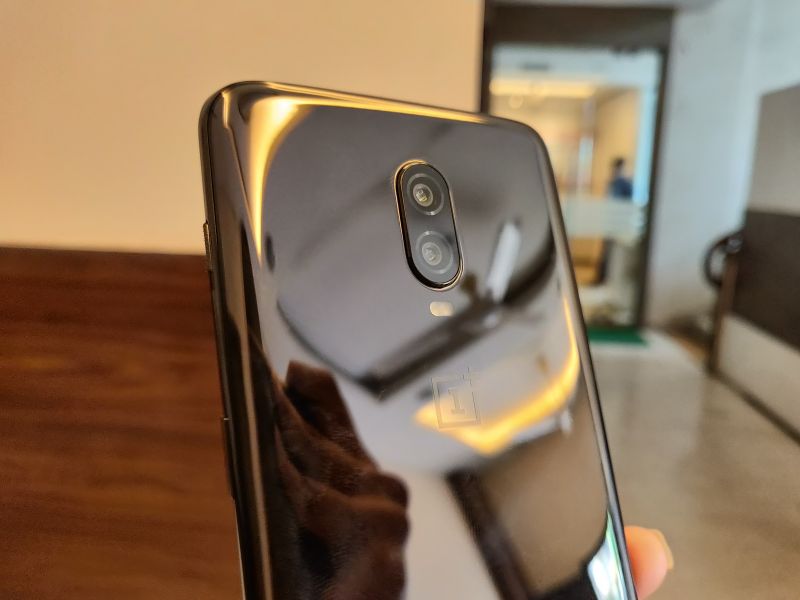

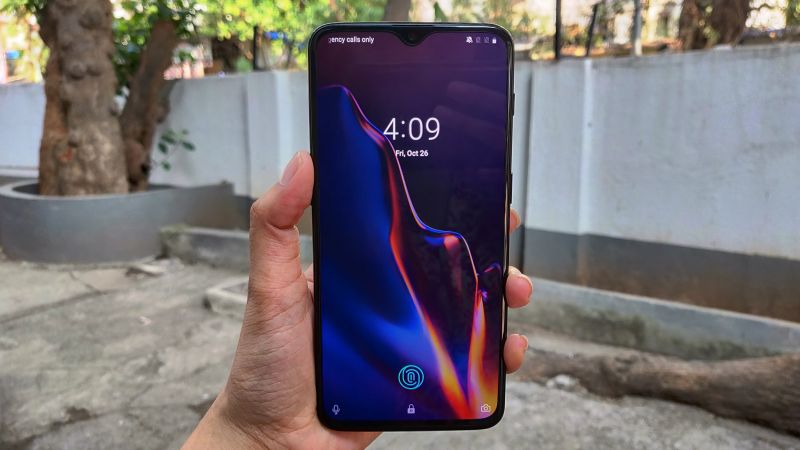
Bezel-less smartphones are all the rage since the last two years and manufacturers are pushing the screen-to-body ratio while trimming down on bezels as much as possible for a true full-screen experience. Similar to the Vivo V11 Pro and the OPPO R17, the OnePlus 6T now flaunts a larger 6.41-inch display with a screen-to-body ratio of 86 per cent — thanks to the tiny water drop style notch, and almost non-existing bezels, making it feel slightly taller and wider.
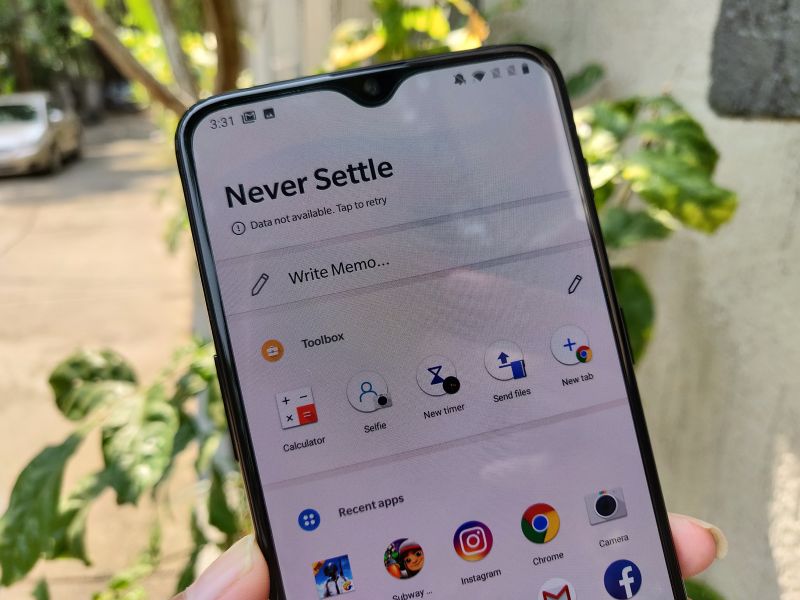
Since there’s only room for the front camera, the earpiece now rests on the edge of the forehead and the sensors have been cleverly incorporated in and around the notch. While watching a movie or a video, you won't inevitably notice the tiny notch and it almost feels like it is invisible. Sadly, the popular multicolour notification LED was also chucked out on the 6T which would inform the user about notifications alerts and charging status.
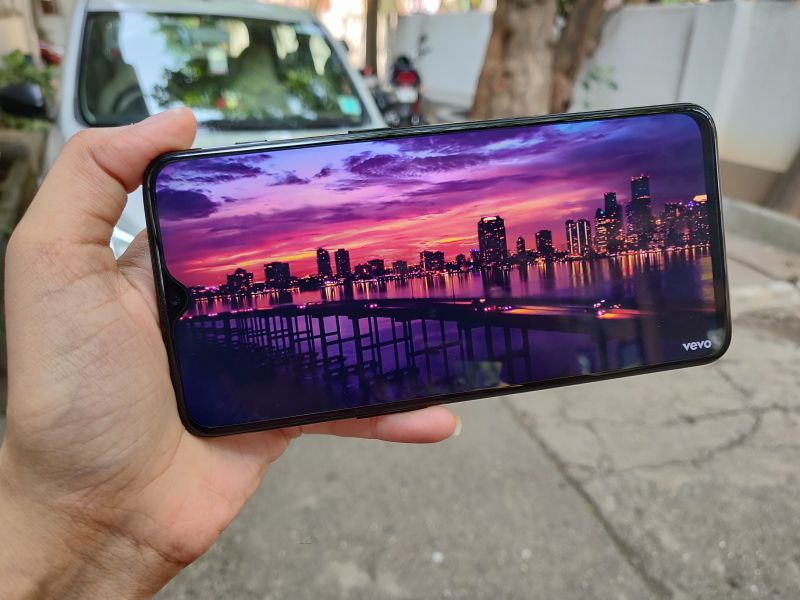
The display features a resolution of 2340 x 1080 with an aspect ratio of 19.5:9. The trendy notch gives way for a larger screen estate too. The AMOLED display is also pretty impressive with deeper blacks, and is very vibrant and punchy, with great viewing angles. Brightness levels are high enough and OnePlus has also offered a few colour profile tweaks as usual for user preference.
We have already seen in-display fingerprint sensors on the Vivo and OPPO and we have seen it evolving up to usable standards in the last few months. OnePlus takes on this technology ahead as 'Screen Unlock'. While the incorporation of this new tech sounds cool, it is important to note that the tech is not as fast as the capacitive touch seen on most phones out there. The in-display sensor is slower and not very efficient — one has to occasionally reposition the fingers for a perfect scan. The unlocking speed is slightly slower as the sensor needs to illuminate the fingertip before scanning the registered fingerprint. Sadly, wet fingers often fail to unlock the phone and you can only rely on the face unlock or the PIN/password in such cases.
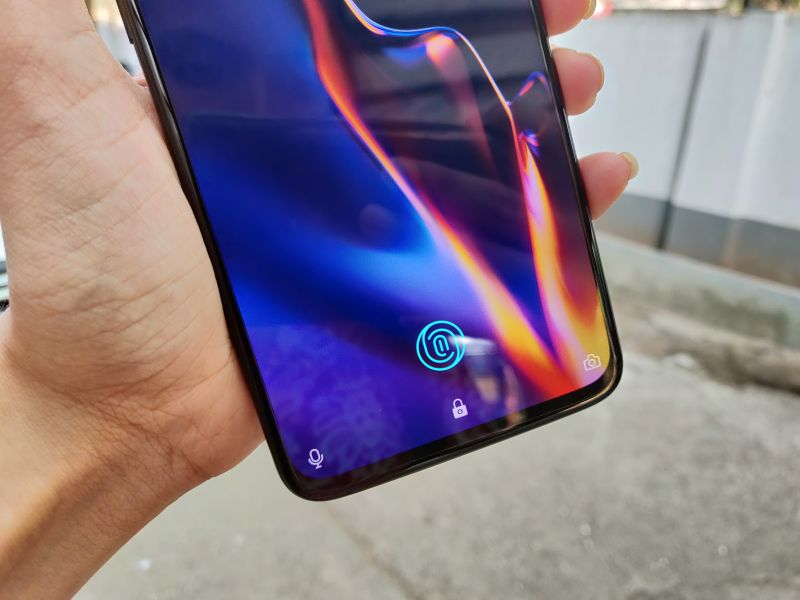
To activate the fingerprint reader one can raise the phone to wake up the display. However, you can also double-tap the display to proceed with unlocking the phone. Usually, around 90 - 95 per cent of the time, the system is very fast and the cool animation when reading your fingerprint is impressive. You can change the animation too from the settings.
If you don't want to use the in-display fingerprint sensor, the super fast face unlock feature is at your service. OnePlus' face unlocking security is impeccably the fastest face unlocking mechanism the industry has seen till date, but is not as secure as the one seen on Apple smartphones. Hence, the fingerprint sensor is what you may have to rely on for authentication of secure apps such as payment wallets, banking apps and a few others.
Following the footsteps of other flagships, OnePlus too has eliminated the 3.5mm headphone jack on the 6T — a bold move. The company claims that the exclusion of the headphone jack was necessary to make room for the in-display fingerprint sensor and a larger battery. However, a USB-C to 3.5mm dongle is bundled along with the device. Additionally, there's no microSD card slot too — OnePlus has offered a minimum of 128GB storage space and users should not have storage issues anytime soon.
Specifications, Performance
The OnePlus 6T employs the same 10nm Qualcomm Snapdragon 845 octa-core SoC clocked up to 2.8 GHz, paired with Andreno 630 GPU, as seen on the OnePlus 6 earlier. The 6T is available in 6GB/8GB RAM and 128GB/256GB storage variants. The performance of the 6T is no different from the older OP6 since the internals are identical and the only difference is the display, and the battery.

Like the OnePlus 6, the 6T is also superfast out-of-the-box in typical OnePlus style. The smartphone sail through the day-to-day tasks and multitasking duties. The UI is also snappy and very fast — we didn't witness any lags or stutters. Switching between apps is buttery smooth with zippy animations. The app launching time is also fast — the moment you tap an app, it opens up instantenously.

We played some popular resource-heavy games which ran very smoothly without breaking a sweat. The moment you open any game, the game mode is turned on automatically and the 'High' quality preset is selected by default. Though this can be turned off or tweaked according to your preference, OnePlus thinks that the settings are set to these defaults to give users the best performance.
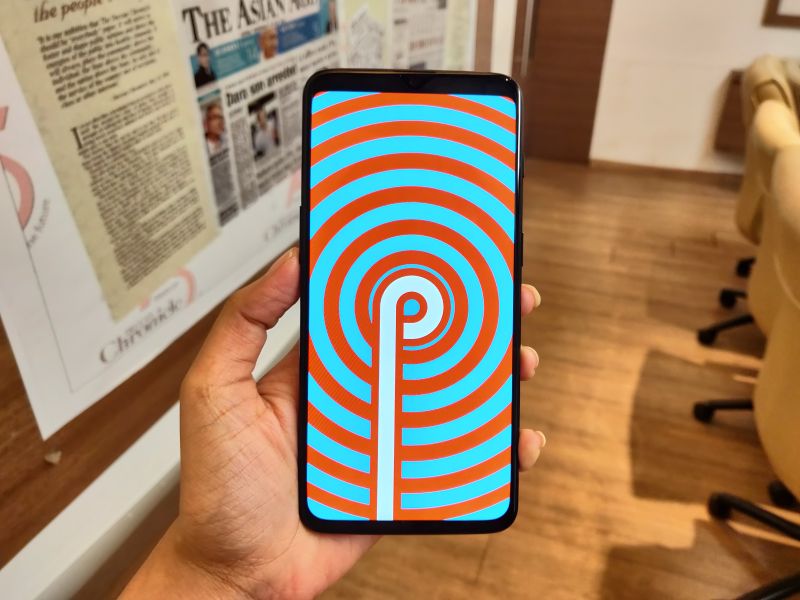
The 6T runs on OxygenOS which is based on Android 9.0 Pie. While the company has maintained its supremacy in terms of delivering robust performance, the stock Android-like UI is intuitive, especially with its Android Pie-inspired UI elements. OnePlus' OxygenOS is now more fluid with smoother animations, coupled with useful features and some customisable options without including any bloat. You get OnePlus' gesture-based navigation with OxygenOS along with Google's Pie-styled navigation gestures.
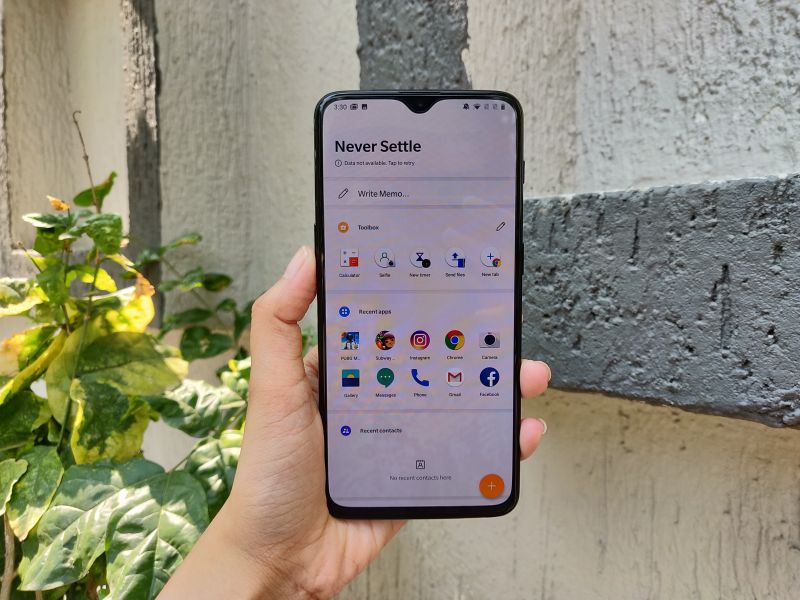
One can also customise themes with any colour accent in the RGB spectrum. There's also an enhanced Do Not Disturb mode, Game mode, Screen Calibration modes, Reading mode, Smart Boost, new shortcuts for toggling between recently used apps, an all-Black theme option (which is the coolest feature you will find on the OnePlus phones), App Locker setting, shortcut bar setting, Hidden Space and several other UI customisation options. OnePlus' OxygenOS offers tons of customisation options and features, giving users the best of Android user experience possible.
Camera
OnePlus boasts that they have improved the camera performance, especially in the low light area. The camera setup is identical to the OnePlus 6, but with a few software upgrades and with a modernised algorithm claimed to automatically adjust the parameters accordingly for both front and rear cameras.
The dual rear camera setup, including a 16MP primary Sony IMX 519 sensor and an f/1.7 aperture and a 20MP secondary Sony IMX 376K sensor with the same aperture, is accompanied by a dual-LED flash. The secondary sensor is used for image depth sensing. It also features an Optical Image Stabilisation (OIS) and Electronic Image Stabilisation (EIS). Upfront, the handset packs in a 16MP Sony IMX 371 sensor with an f/2.0 aperture and EIS.
OnePlus asserts that the OnePlus 6T renders better portraits and selfies than its predecessor. The latest OxygenOS improves the overall dynamic range, clarity and edge detection in portrait mode. The biggest addition is the night mode, which OnePlus named it as Nightscape. This feature is now also rolled out to the OnePlus 6 via a software update.
The OnePlus 6T's camera is claimed to recognise better night scenes, and deliver brighter and vivid images with lack of noise. The company asserts that the Night mode helps capture several frames in two or more seconds, and cleverly and intelligently blends all these frames together, suppressing the noise and bumping up the image quality. This image processing takes a few seconds to complete the overall background processing before delivering the final output, which feels pretty sluggish when compared to similar workings seen on the new iPhone and Pixel flagships. Additionally, the Night Mode does help capture a tad better images than the regular photo mode, but it doesn't make much of a difference.




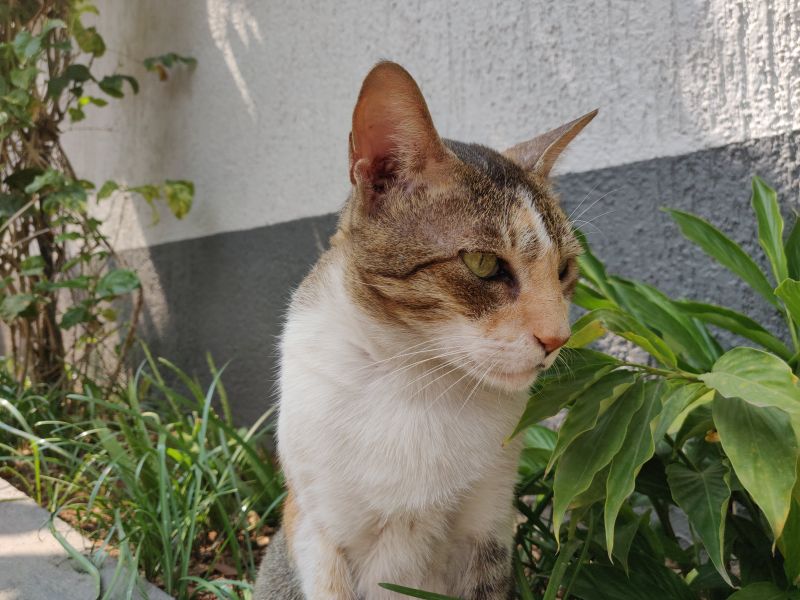




The photos captured in daylight are impressive with ample amount of details present with sharpness on point. The camera delivers appreciable colours, textures and contrast. However, the colours sometimes seem a tad over-saturated, but it does look good to the naked eyes. The smartphone seems to have managed the dynamic range well. The camera takes good photographs under direct sunlight too. The macro shots also accommodate tons of details with a good level of sharpness and vivid colours. We didn't witness any shutter lag, and everything is fast.
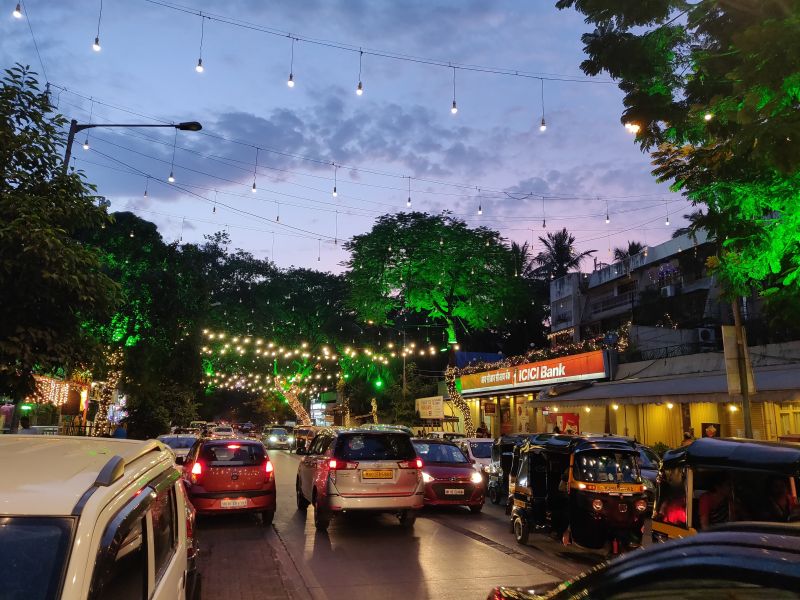








When the lights dim out, the image quality of the camera takes a different route. The details and sharpness are minimal and the camera manages to capture decent colours and smooth textures. However, photos do look like an oil painting with the AI over-saturating the illuminated areas while trying to take in more light to fill in the dull areas. The night mode doesn't help much, but offers a tad better shots than the original. In fact, there were many-a-times we actually preferred the regular shots to nightscape shots. It tries to keep the noise at bay while also retaining colours. The camera tries to capture as much light as it can, but struggles to get a good detailed and sharp image in darker scenarios. Nevertheless, the photos are decent enough to show off on the social networking websites.
The portrait mode works decently — the background blur effect and edge detection looks good and dramatically highlights the subjects. However, we found that human subjects are best catered to and if your subjects are objects, you will end up with occasional and ugly edge blurs. Apart from the Portrait mode, you also get a Time-Lapse mode, Pro mode with a live histogram, Panorama mode and Slow-Motion. One can record slow-mo videos up to 480fps capped at 720p and also shoot regular 4K videos.
The selfies clicked are sharp enough with adequate details present. However, the face touching mode produces smooth images with details, skin tone and sharpness takes a bit of a toss, making it look unnatural and artificial. There is also a front portrait and night mode here.
Overall, the OnePlus 6T may not be as pristine as a few other flagships out there, but it definitely gives you the best shot possible in almost all scenarios when compared to conventional Android smartphones in the market.
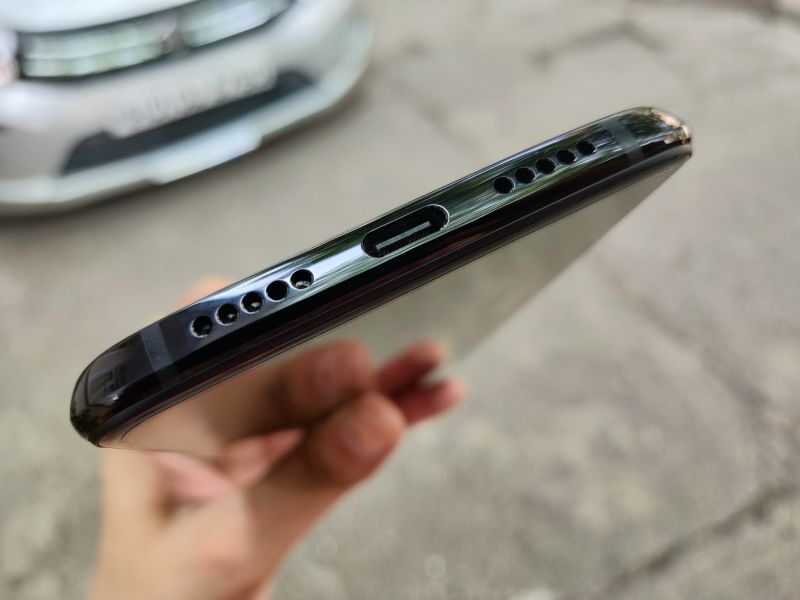
Battery
The OnePlus 6T offers a slightly bigger battery than its predecessor — 400mAh to be precise. While the OnePlus 6 ships with a smaller 3300mAh battery, the OnePlus 6T now thrives on a 3700mAh unit. With basic regular usage, moderate gaming and video streaming, the smartphone managed to deliver one full day of battery life with 20 per cent charge still remaining to carry on. Although the smartphone doesn't support wireless charging technology, it does comes with the company’s proprietary 'Dash Charge' fast charging technology. Hence, running low on battery life is not a major concern as you can almost top up the OP 6T highly faster than conventional phones.
Verdict
Similar to the OnePlus 6, the 6T also offers a robust and speedy performance. At Rs 37,999, you get a clean and fast Android experience, massive display, premium glass design, close to 4000mAh battery, highly capable cameras, Qualcomm's flagship grade chipset, trendy tiny notch and the in-display fingerprint reader — making it a tempting deal.
However, the smartphone seems to be overpriced as there's hardly any development on the internal hardware. The camera experience is almost on par with the OnePlus 6's, still leaving a room for improvement, especially in terms of low light photography. And the missing 3.5mm headphone jack is another put-off. And OnePlus has also increased the price of the 6T, which puts it closer to other big brands' pricing model. The OnePlus' previous tagline as being the 'Flagship Killer' is pretty much questionable here.
If you are looking at upgrading from the OnePlus 6, we would not recommend it, unless you are excited for the new notch, bigger display, are using a wireless headphone anyways and/or need a tad larger battery. But, if you were eagerly waiting for OnePlus to launch the 'T' variant to upgrade your older smartphone, then the OP6T does make sense. With a beastly hardware performance, near-stock user interface, great cameras, beautiful display and features that will awe you, the OnePlus 6T gets a thumbs up from our end. It is an all-rounder smartphone with sheer performance and a beautiful design that is highly suitable for being a daily driver. Sadly, the price and missing headphone jack would be the only put off for a few too many out there.

